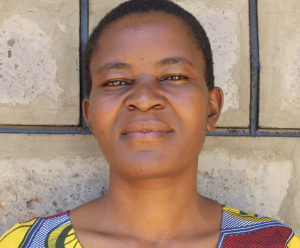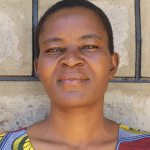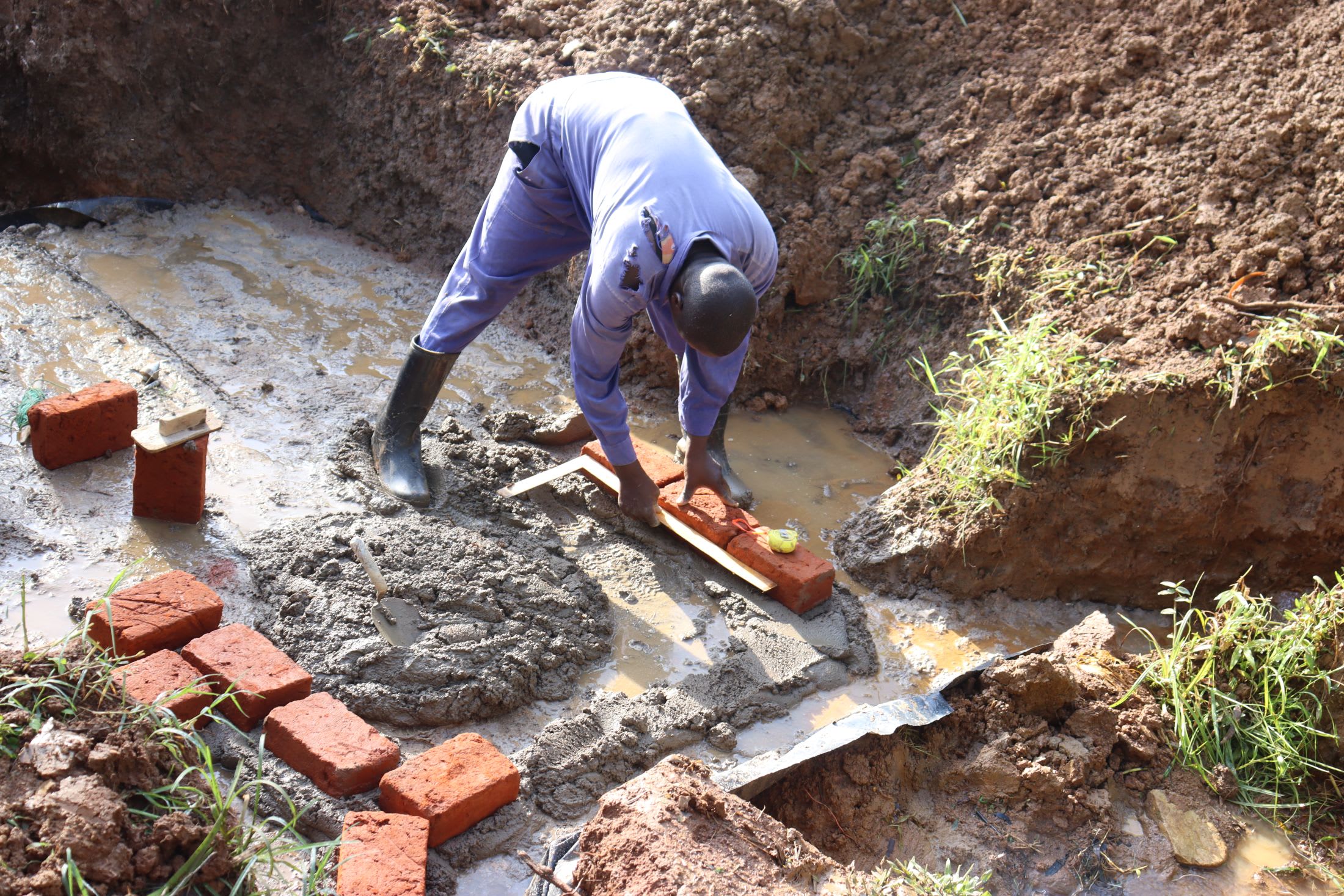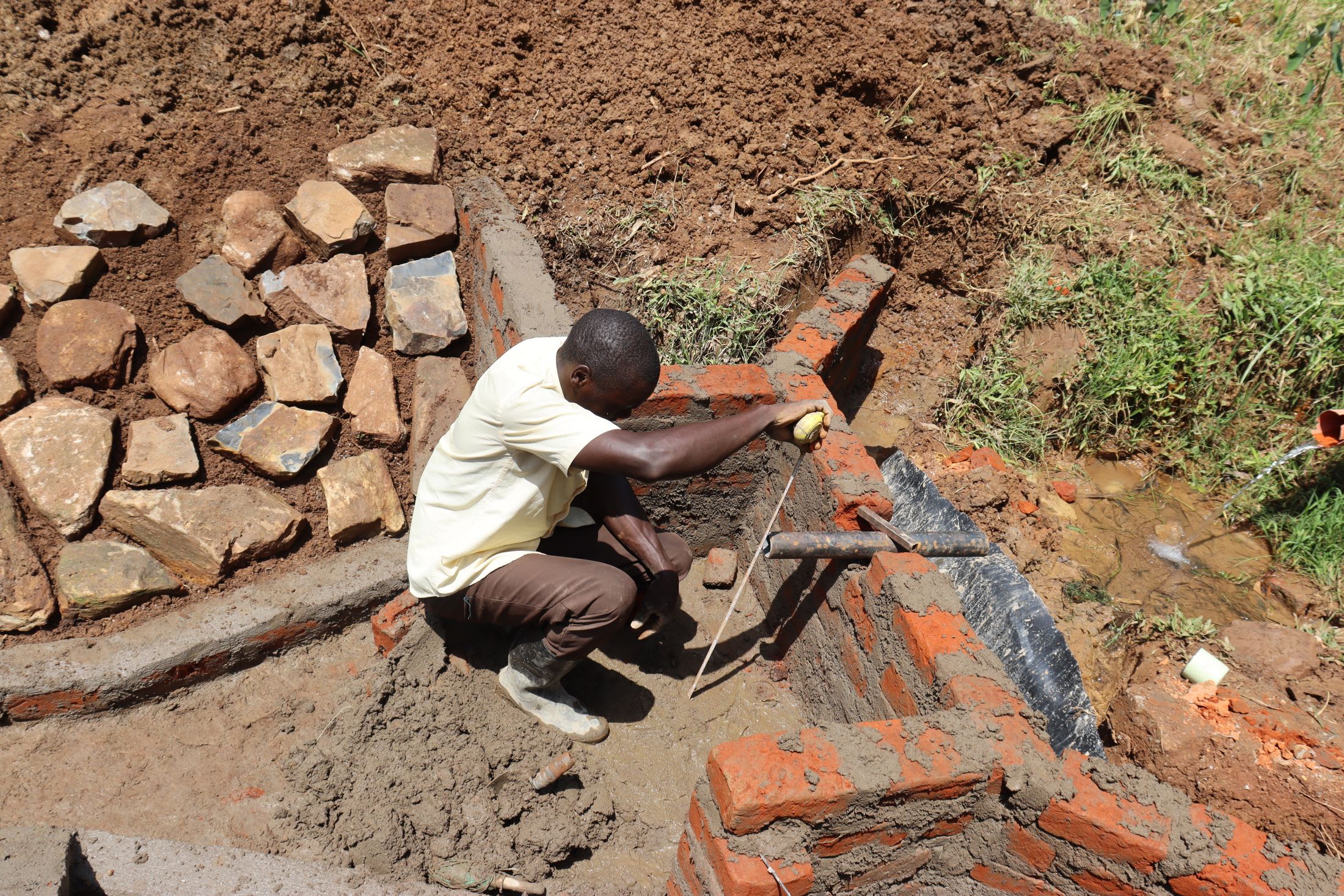The 140 community members of the Makhwabuye Community struggle to access sufficient water daily. Their primary water source is an unprotected, contaminated spring with long lines that people must wait in because the water flow is very slow.

"[The] main water source is majorly contaminated with arrowroot leaves that dominate the surrounding area while the access to the spring is so slippery, especially during [the] rainy season. The alternative source is rainwater which is dirty because most of the iron sheets the community members [use] are rusty, thus resulting [in] collection of dirty water," said field officer Rose Serete.
Contaminated water affects every aspect of life. Community members worry about falling ill and falling behind. Often, they require medication which eats away at their already scarce resources. Farmers like 37-year-old Diana Inyanji, shown below, carrying water on her head, know that illnesses as a result of drinking contaminated water can undermine their livelihoods.

"Personally [I] am affected because most of the time [I] am sick, and I have a family to take care of. Also, I had plans to improve my living standards, [which] have been distracted [from]."
According to the WHO Africa, "Better water sources…mean less expenditure on health, as people are less likely to fall ill and incur medical costs, and are better able to remain economically productive. With children particularly at risk from water-related diseases, access to improved sources of water can result in better health and therefore better school attendance, with longer-term consequences for their lives."
However, drinking unsafe water isn't the only thing this community has to fear about their unprotected spring. Eight-year-old Trevor M., shown below, shares his fears about collecting water.

"The environment near the water point is dangerous. The tall grass around it makes a good habitat for snakes and hideouts for crabs, so [I] am always scared, especially when my parents insist that [I] go to fetch water," said Trevor.
Makhwabuye's community's spring holds the potential to change lives if it were protected. People like Diane could use their time to enhance their family's future without worrying about water-related illnesses, and children like Trevor could fetch uncontaminated drinking water without fear, as the tall grass would be cut away to create a safer water-collecting environment. Secure and more efficient water access will allow all of Makhwabuye's community members to refocus their time and energy on building better lives.
The Proposed Solution, Determined Together...
At The Water Project, everyone has a part in conversations and solutions. We operate in transparency, believing it benefits everyone. We expect reliability from one another as well as our water solutions. Everyone involved makes this possible through hard work and dedication.
In a joint discovery process, community members determine their most advantageous water solution alongside our technical experts. Read more specifics about this solution on the What We're Building tab of this project page. Then, community members lend their support by collecting needed construction materials (sometimes for months ahead of time!), providing labor alongside our artisans, sheltering and feeding the builders, and supplying additional resources.
Water Access for Everyone
This water project is one piece in a large puzzle. In Kenya, Sierra Leone, and Uganda, we're working toward complete coverage of reliable, maintained water sources that guarantee public access now and in the future within a 30-minute round trip for each community, household, school, and health center. One day, we hope to report that this has been achieved!
Training on Health, Hygiene & More
With the community's input, we've identified topics where training will increase positive health outcomes at personal, household, and community levels. We'll coordinate with them to find the best training date. Some examples of what we train communities on are:
- Improved hygiene, health, and sanitation habits
- Safe water handling, storage & treatment
- Disease prevention and proper handwashing
- Income-generation
- Community leadership, governance, & election of a water committee
- Operation and maintenance of the water point
Chlorine Dispensers
Installing chlorine dispensers is an important piece of our spring protection projects. Protecting a spring provides community members with an improved water source, but it doesn’t prevent contamination once the water is collected and stored. For example, if the water is clean and the container is dirty, the water will become contaminated.
We ensure that each chlorine dispenser is filled with diluted chlorine on a consistent schedule so that people can add pre-measured drops to each container of water they collect. That way, community members can feel even more confident in the quality of their water.
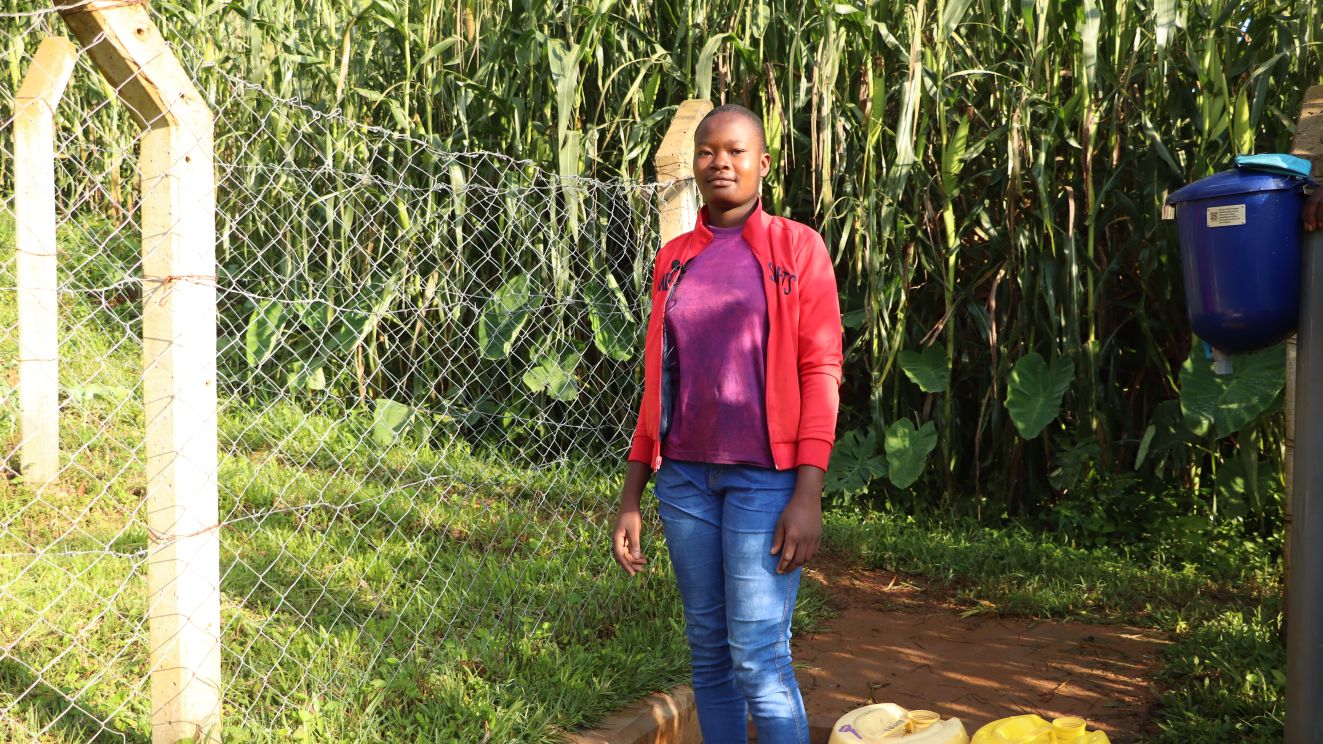

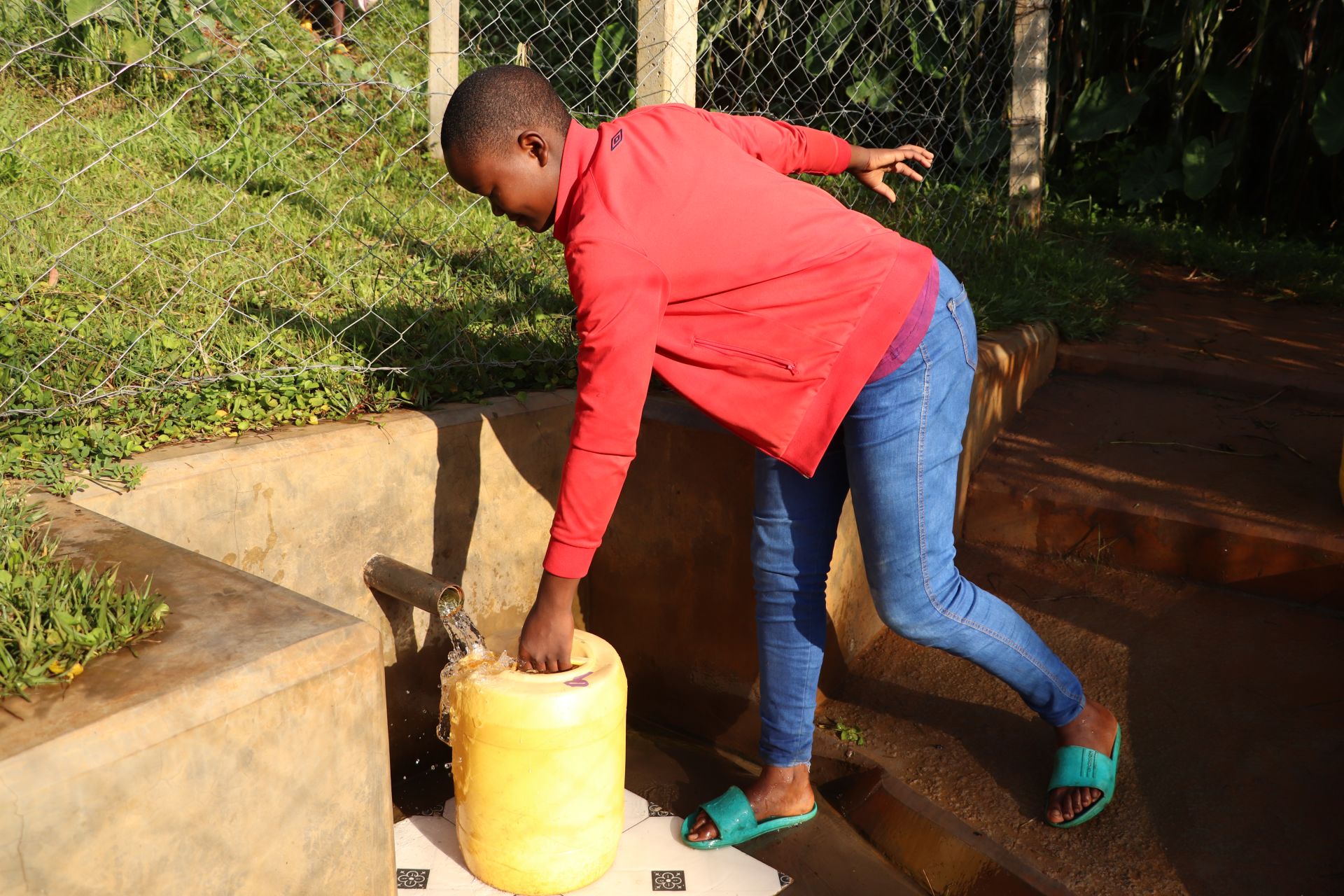
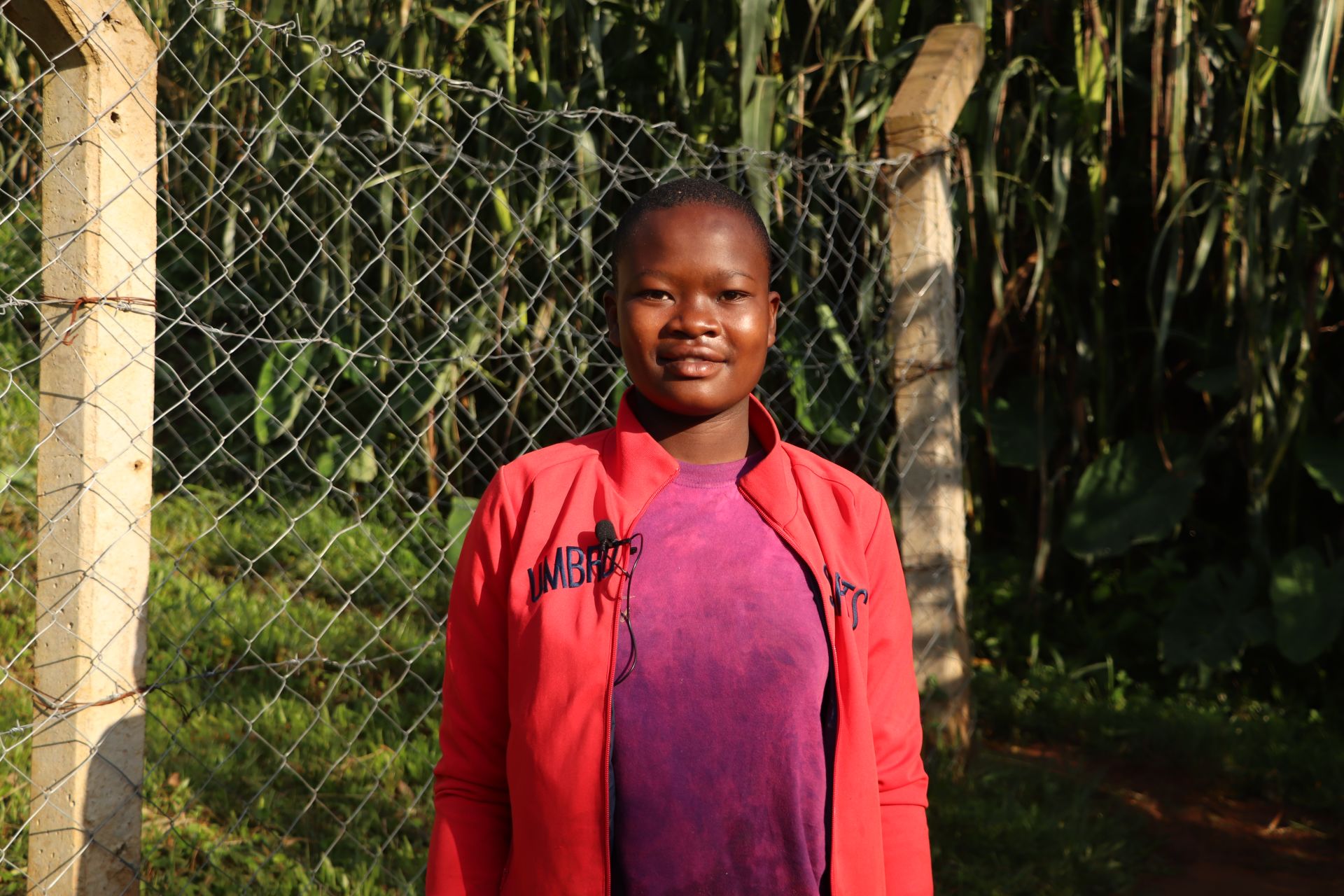

 Protected Spring
Protected Spring
 Rehabilitation Project
Rehabilitation Project










